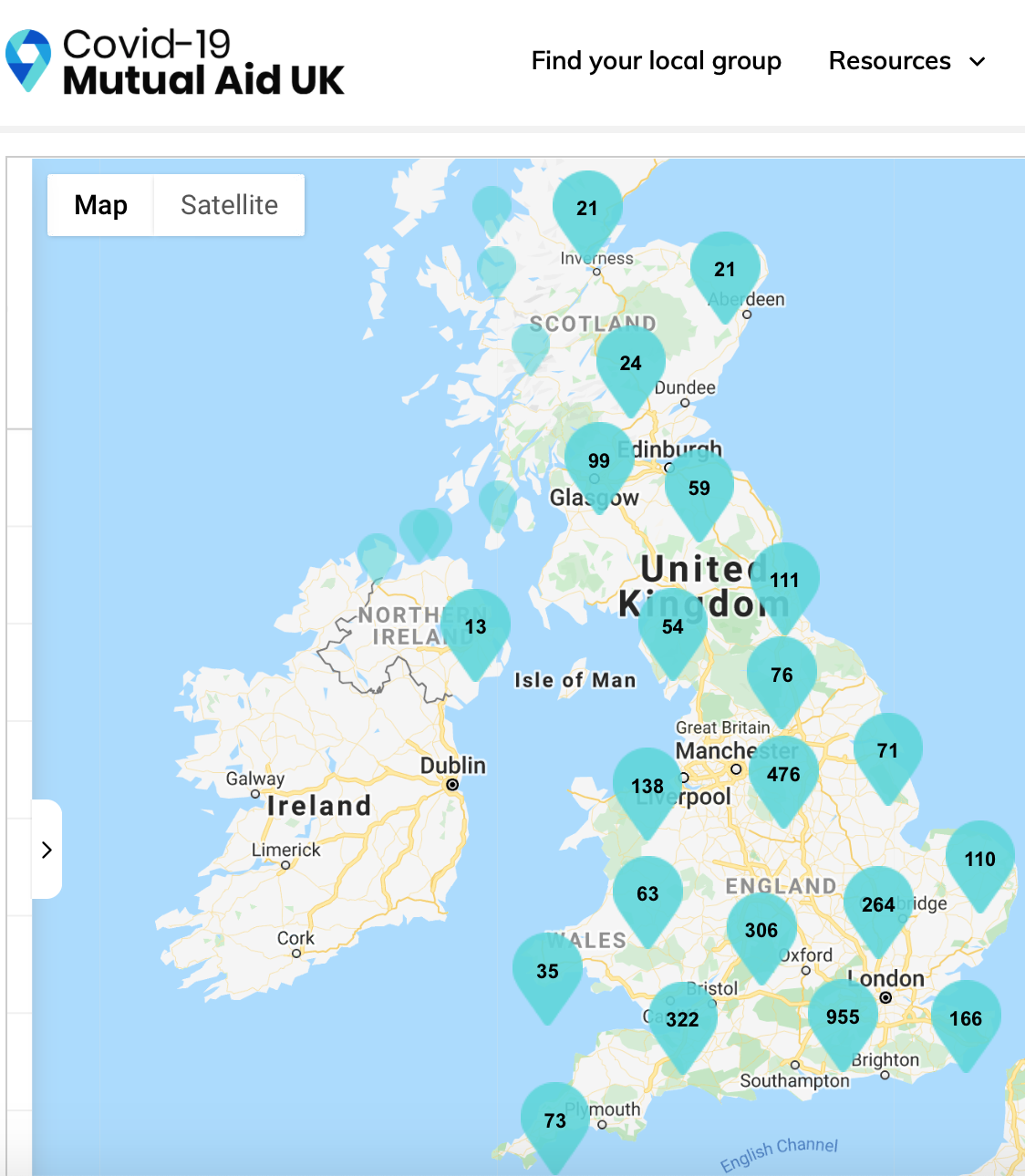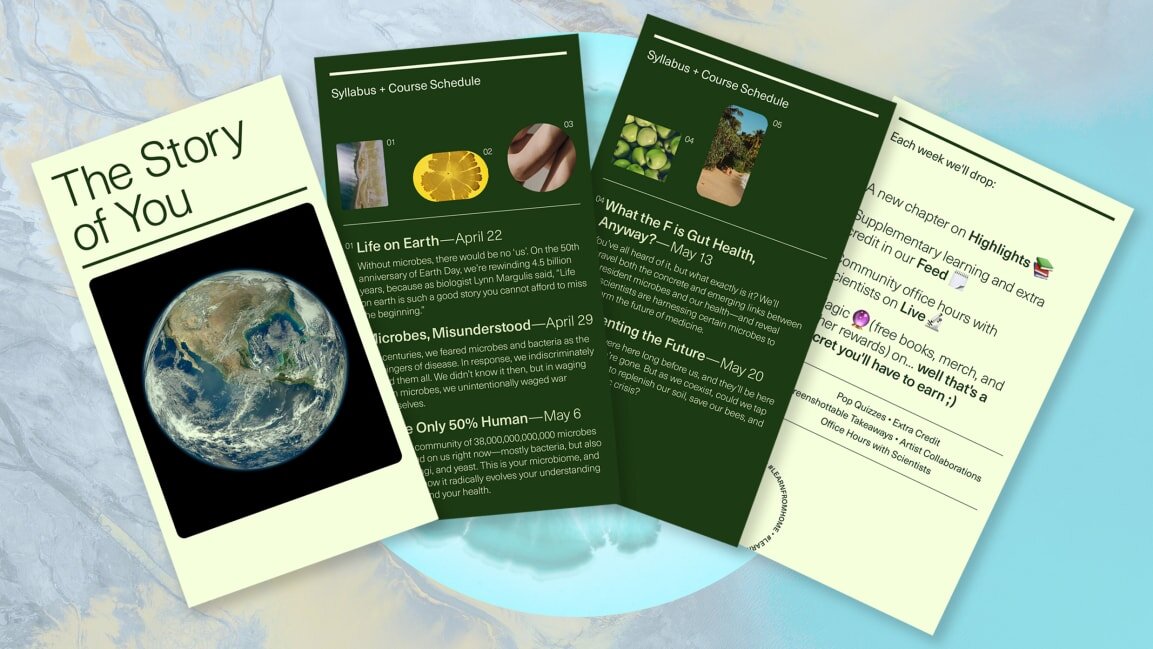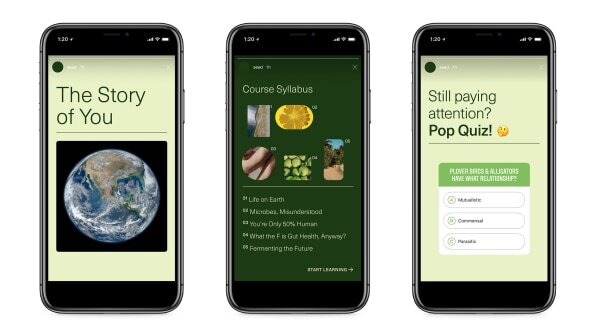Symbols and signs of a different reality, as message makers try to communicate the shifts of the pandemic
For a while we’ve tried to catch the cultural fragments that indicate a new way of looking at our climate-challenged, automation-challenged world - and certainly Covid-19 has brought out some exciting imaginative acts. Here’s a few we’ve lassoed down from the memesphere, this week.
[And just to say - we have our own tool out to harvest the shifts in perception going on as a result of Coronavirus - try our Before&Now app]
A Letter from CoVid-19: #ExtinctionEndsHere
Above in the embedded video, a striking direct address from the virus itself - who after thanking us for being such excellent carriers, gently requests that we change our destructive food model, so that it can stay in its natural habitat. A project jointly put together by green media producers Global Wildlife Conservation and SeaLegacy.
What does a UK covered with networks of Mutual Aid look like?
It looks like these - Google Mappings from the impressively developed Covid-19 Mutual Aid UK site (which we featured a few weeks ago). The one to the left uses the software literally - but the one to the right, taken a few days ago, has done some excellent clustering of the groups regionally.
The Mutual Aid site has become a beautifully organised utility. If you want to start your journey into responding to and helping your Covid-struck neighbours, this - from a standing start and some anarchist enthusiasm - has become the place to begin.
It’s an exciting example of what we’ve been calling a “Citizen Action Network” - a phenomenon that can rise from immediate community need, and use network technologies to reinforce its power and agency.
Instagram isn’t all about the feels. Seed wants to use it as an education course on humans and microbes
From Fast Company magazine:
The coronavirus pandemic has made us acutely aware of the invisible world of microbes. SARS-CoV-2, the virus that causes COVID-19, is an invisible threat; we fear door handles secretly teeming with the pathogen, infected respiratory droplets floating unseen in the air. But microbes have always been all around us, and within us—about 38 trillion of them live in and on each of our bodies.
Microbial sciences company Seed wants to help everyone learn more about this invisible world, and how microbes are tied to both our and the planet’s health, with a six-week science course you can take entirely on Instagram.
“Right now we’re in a moment where a microbe in the form of a virus has certainly disrupted most everything we knew about life, and also enforced some of our fear of the invisible world,” says Ara Katz, cofounder of Seed, which is developing ways to use bacteria to impact both human health, like through probiotics, and environmental health.
It makes sense to fear what we don’t know and what we can’t see, she adds, and bacteria has certainly gotten a bad rap, but human pathogens actually account for less than 1% of all existing microbes in the world. Without microbes, the Seed #LearnFromHome course explains, “there would be no ‘us.'”
Debuting on April 22 to coincide with the 50th anniversary of Earth Day, the six-week course will feature a new chapter dropped via Seed‘s Instagram highlights each week, beginning with the very start of life on Earth 4.5 billion years ago.
Following chapters will cover the misunderstanding of microbes—how we’ve demonized all microbes because of our fear that they cause disease—and the problems that stemmed from that; how microbes make up about 50% of us as humans, gut health and the role microbes play in medicine; and how microbes and planetary health are connected, like how they make soil healthier or could potentially solve our plastics crisis.




